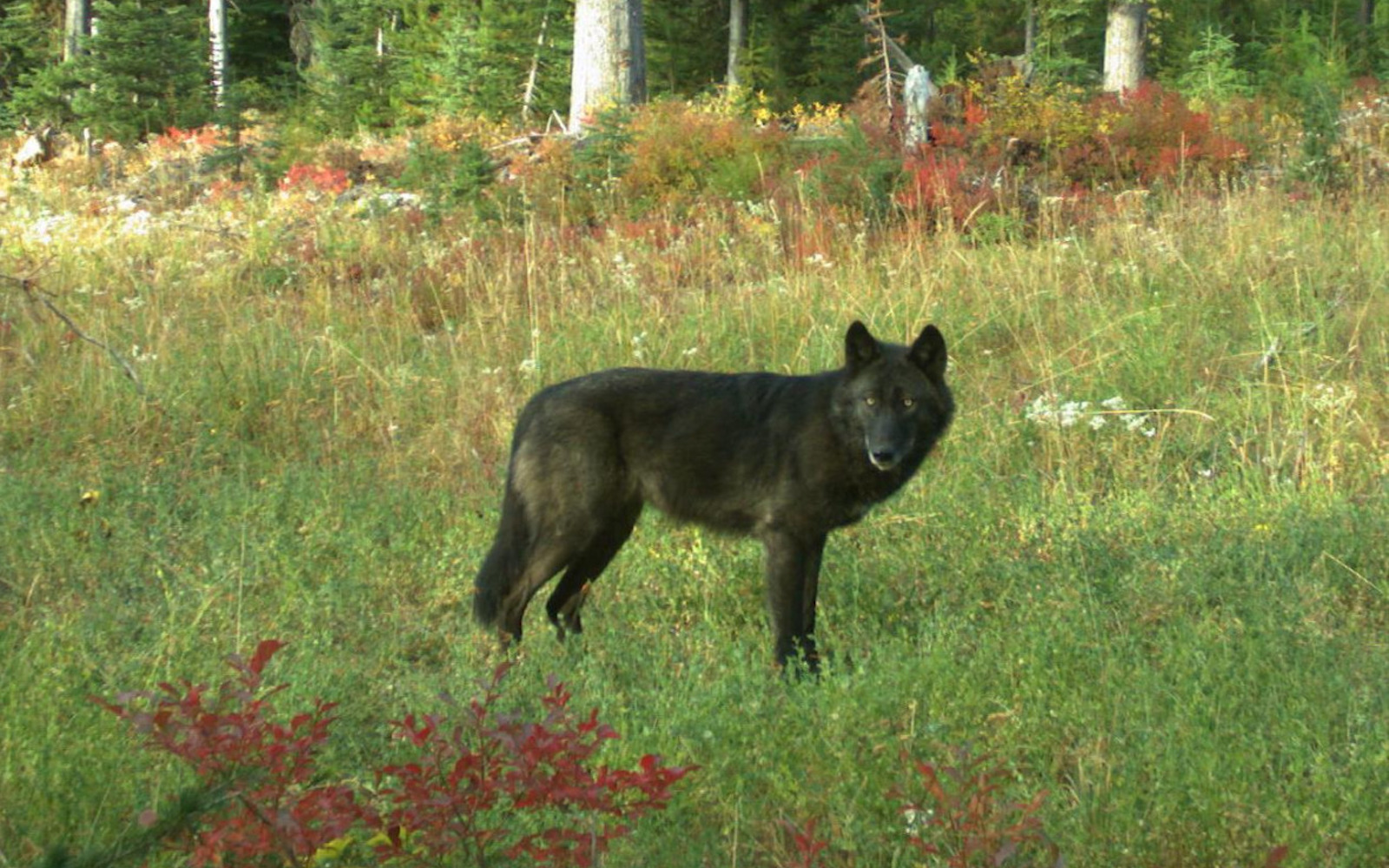Both Washington and Oregon have released their 2018 wolf numbers and the Pacific Northwest has demonstrated minor gains in the face of continued poaching and state-funded wolf killing (Oregon’s wolf population increased from 124 wolves to 137 wolves statewide and Washington’s wolf population increased from 122 to 126). California’s wolves continue to live on the brink with the Shasta pack believed to be poached. These gains show a species that continues to show incredible resiliency in the face of adversity, and there are certainly reasons to celebrate. Wolves have finally returned to Lane County, Oregon, the Indigo wolf pack established itself in the Umpqua National Forest where wolves were last reported in 1946. It is clear that the recovery of wolves is still very much in its infancy and maintaining protections for the species is critical at this juncture.
Proposed Federal Wolf Delisting
Wolves are protected under the federal Endangered Species Act (ESA) in the western two-thirds of Oregon and Washington and throughout California, but the Trump administration, specifically the U.S. Fish and Wildlife Service, is proposing to remove these protections. The removal of federal protections will greatly hinder, if not altogether prevent, the successful spread of wolves across the West and will also certainly have affects at home. In Oregon for example, the removal of federal protections will likely mean the death of OR-7’s Rogue Pack near Crater Lake.
Cascadia Wildlands has been gathering voices from the public in opposition to the proposal and is preparing for another legal fight to uphold the scientific integrity of the ESA.
Cascadia Wildlands is also partnering with numerous conservation organizations on a rally in Portland on May 6 at the U.S. Fish and Wildlife Service building. If you are able, please attend, you can see more details and sign up here!
Oregon Wolf Conservation and Management Plan Revisions
In the midst of collapsing federal protections, the state of Oregon is also currently trying to weaken its Wolf Conservation and Management Plan and dramatically expand the situations in which wolves can be killed. The state is proposing to deputize members of the public so those individuals can hunt and trap wolves and keep the pelts for themselves. This lethal control focus comes at the expense of the plan’s prior concentration on preventing conflict between wolves and livestock through proactive, non-lethal measures. Details of the plan can be found here.
The Oregon Department of Fish and Wildlife will address these proposed changes to the Wolf Conservation and Management Plan on June 7 in Salem. There is an open public comment period, and we will show up in force to the hearing.
Oregon Fish and Wildlife Commission
You may have also seen that Governor Kate Brown has recently appointed 2 individuals, including a trophy hunter and a timber industry representative, to the Fish and Wildlife Commission that will certainly attempt to weaken protections for a host of native species at the state level. The last thing that our state needs is Commission members that will further unbalance our fish and wildlife policy in the state.
The Senate is set to vote on these candidates on May 8th, and we need Oregonians to contact their Senators as soon as possible and urge them to vote no on James Nash (a trophy hunter) and Mark Labhart (a timber industry representative). Please also voice your support for Mary Wahl and Jill Zarnowitz that will bring balanced, science-based perspectives to the Commission.
Cascadia Wildlands will continue to face these threats head on, and we just prevailed in a legal challenge in California, upholding protections for wolves there. As always your resolute support on this issue has been critical, thank you, and check into the website for regular updates on these efforts.

